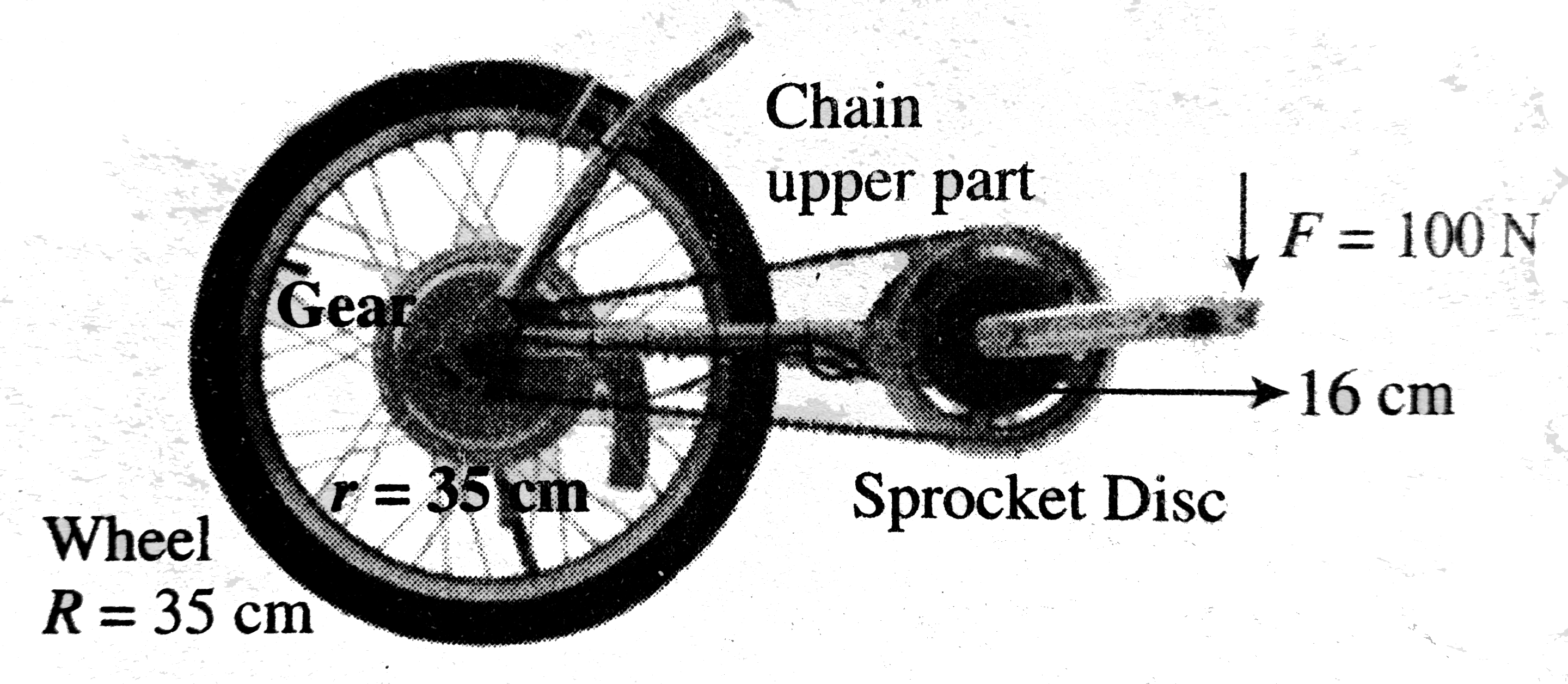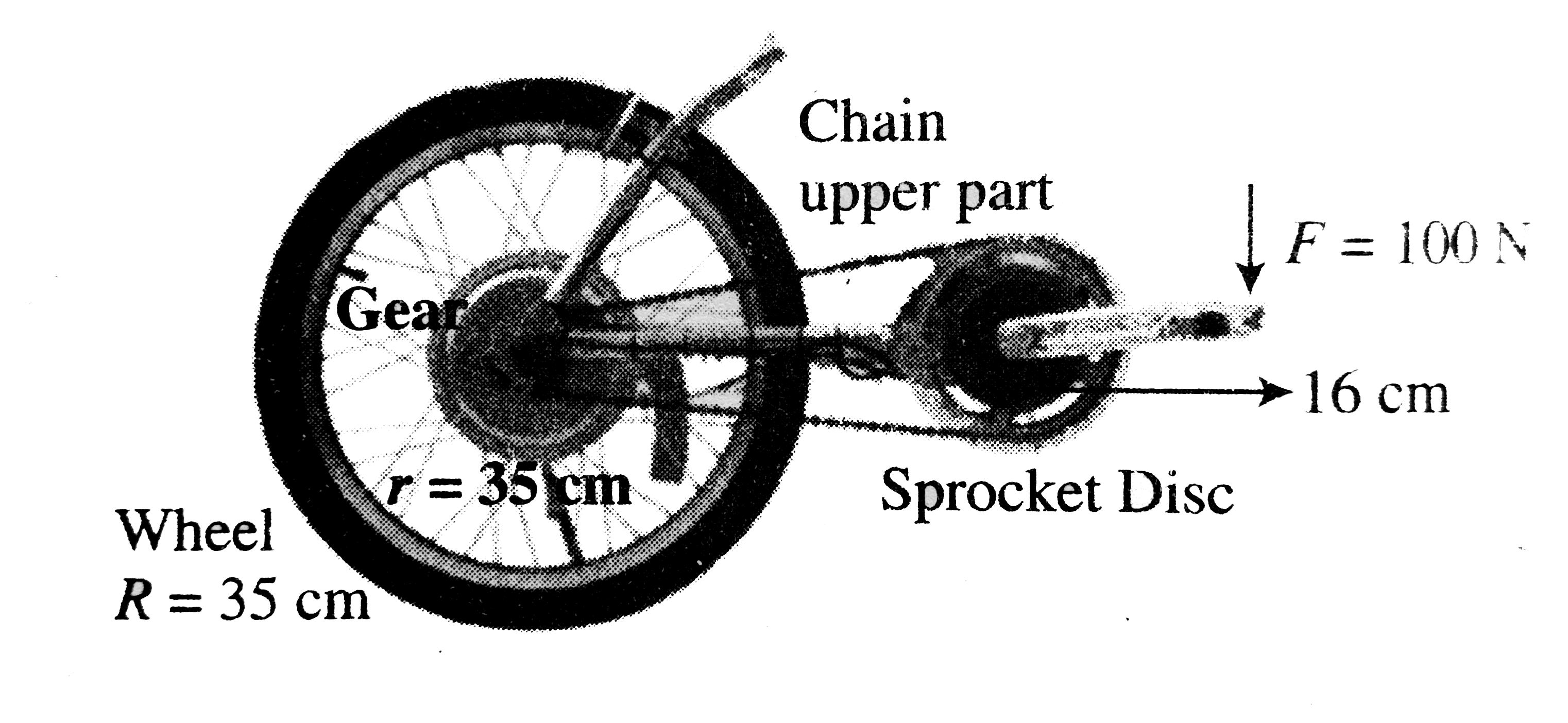A wheel of a bicycle has inner diameter 50 cm and thickness 10 cm. What is the speed of the bicycle if it makes 10 revolutions in 5 seconds?
5.5 m/s
4.4 m/s
3.3 m/s
2.2 m/s
Step by step video & image solution for A wheel of a bicycle has inner diameter 50 cm and thickness 10 cm. What is the speed of the bicycle if it makes 10 revolutions in 5 seconds? by Maths experts to help you in doubts & scoring excellent marks in Class 14 exams.
Updated on:21/07/2023Similar Questions
Knowledge Check
The diameter of a toy wheel is 14 cm. What is the distance travelled by it in 15 revolutions ?
A880 cmB660 cmC600 cmD560 cmThe wheel of a cycle covers 660 metres by making 500 revolutions. What is the diameter of the wheel (in cm)?
A42B21C30D60The radius of a wheel is 21 cm. What is the distance (in cm) travelled by the wheel in 10 revolutions ?
A660B1320C1980D2640
If the wheel of a bus with 50 cm radius makes 280 revolutions per minute, find the speed of the bus in km/h
View SolutionA bicycle has pedal rods of length 16cm connected to sprocketed disc of radius 10cm. The bicycle wheels are 70cm in diameter and the chain runs over a gear of radius 4cm. The speed of the cycle is constant and the cyclist applies 100N for, that is always perpendicular to the pedal rod, as shown in figure. Assume tension in the lower part of chain is negligible. The cyclist is peddling at a constant rate of two revolutions per second. Assume that the force applied by other foot is zero when one foot is exerting 100N force. Neglect friction within cycle parts and the rolling friction.

Net torque on the rear wheel of the bicycle is equal to
View SolutionA bicycle has pedal rods of length 16cm connected to sprocketed disc of radius 10cm. The bicycle wheels are 70cm in diameter and the chain runs over a gear of radius 4cm. The speed of the cycle is constant and the cyclist applies 100N for, that is always perpendicular to the pedal rod, as shown in figure. Assume tension in the lower part of chain is negligible. The cyclist is peddling at a constant rate of two revolutions per second. Assume that the force applied by other foot is zero when one foot is exerting 100N force. Neglect friction within cycle parts and the rolling friction.

The speed of the bicycle is
View SolutionA bicycle has pedal rods of length 16cm connected to sprocketed disc of radius 10cm. The bicycle wheels are 70cm in diameter and the chain runs over a gear of radius 4cm. The speed of the cycle is constant and the cyclist applies 100N for, that is always perpendicular to the pedal rod, as shown in figure. Assume tension in the lower part of chain is negligible. The cyclist is peddling at a constant rate of two revolutions per second. Assume that the force applied by other foot is zero when one foot is exerting 100N force. Neglect friction within cycle parts and the rolling friction.

The net force of the friction on the rear wheel due to the road is:
View SolutionIf a bicycle of mass 10 kg moves at a speed of 20 m/s, then the kinetic energy of the bicycle is:
View Solution